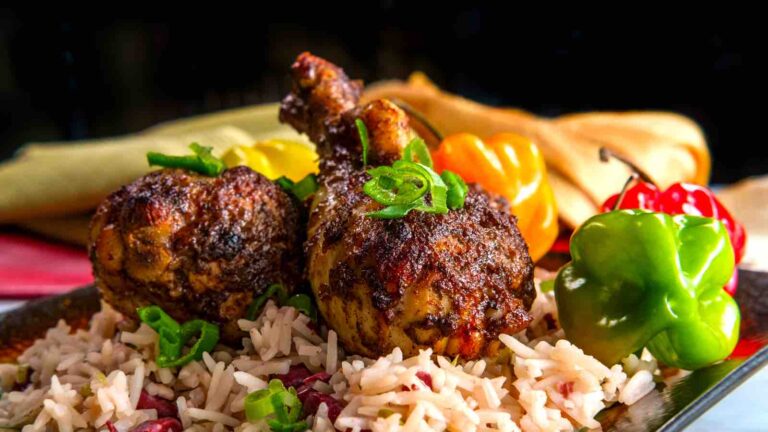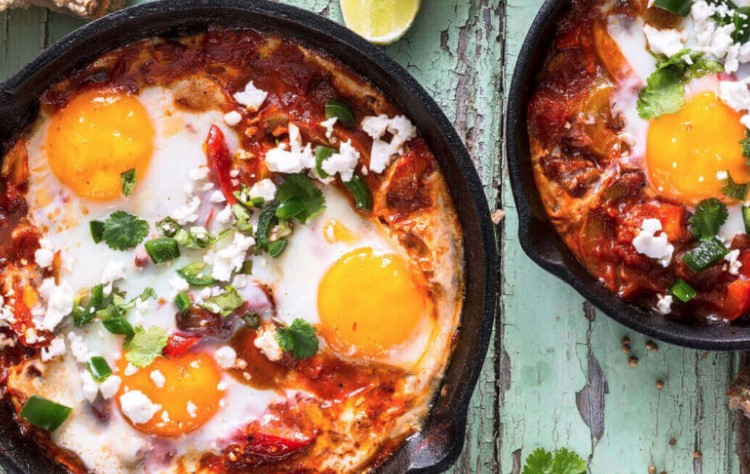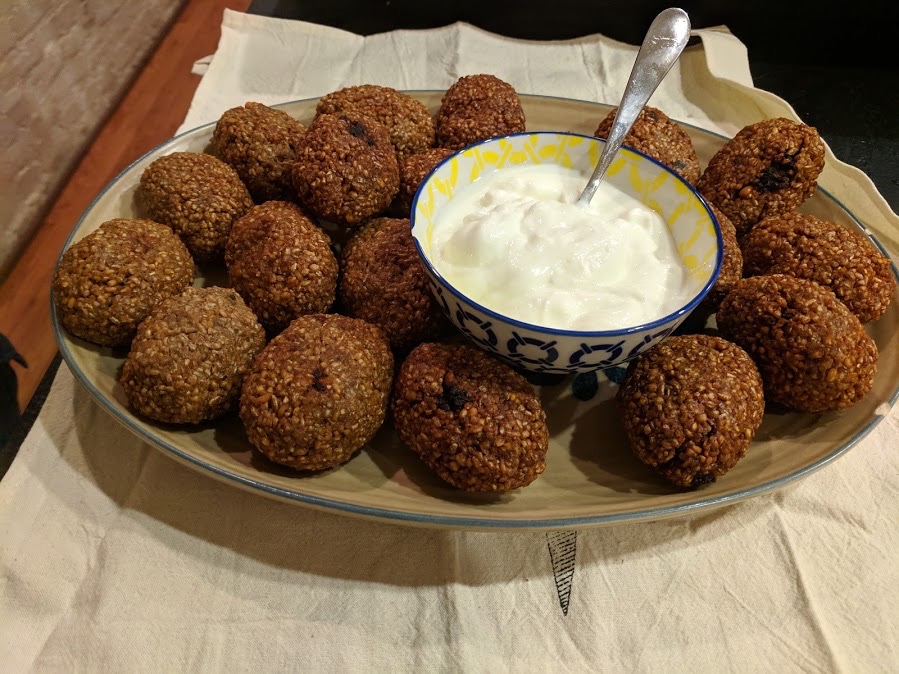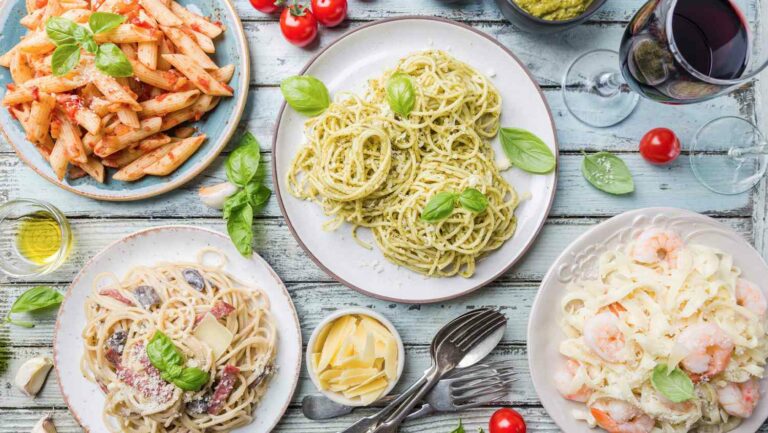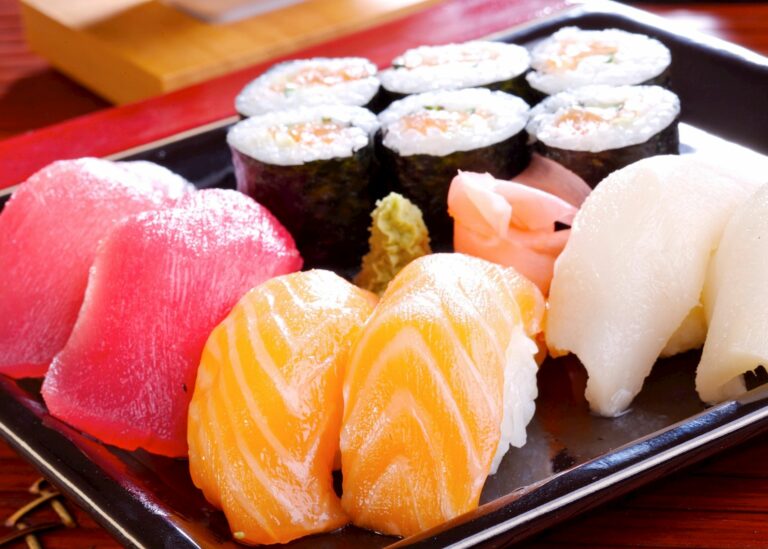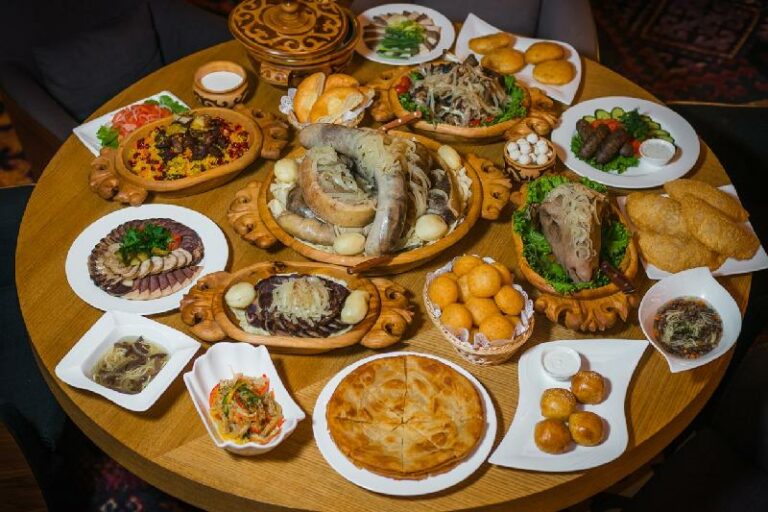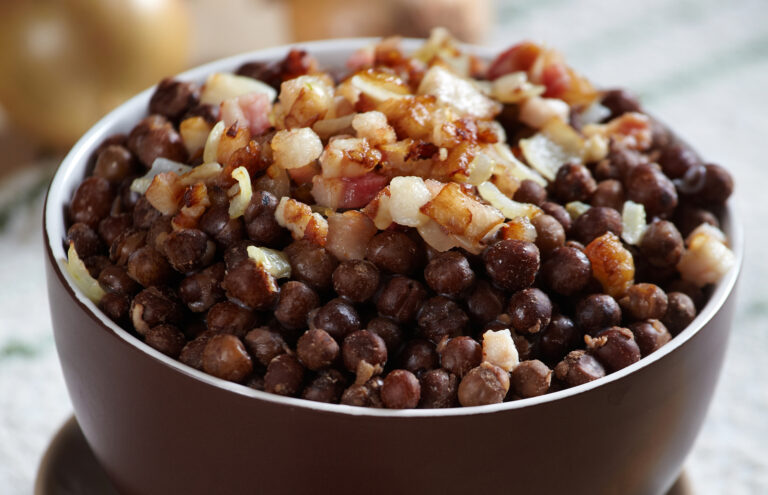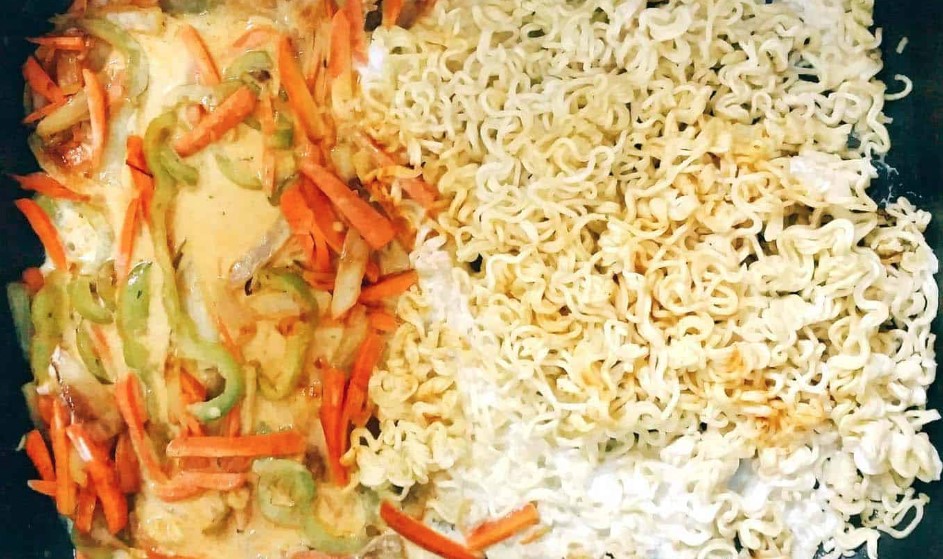Introduction
Jamaican cuisine is a fusion of different cultures’ food and flavors, influenced by the island’s history and geography. Many Jamaican dishes are seasoned with herbs and spices like thyme, allspice, and ginger. However, what sets Jamaican cuisine apart are the condiments and sauces used to enhance the flavors of dishes. Jamaican condiments and sauces are often bold, spicy, and tangy, adding an extra layer of flavor to the cuisine.
Jerk sauce
Jerk sauce is perhaps the most famous condiment in Jamaican cuisine. It is a combination of spices, herbs, and peppers, including allspice, thyme, scallions, garlic, and scotch bonnet peppers. Jerk sauce is traditionally used to marinate and season meat, particularly chicken, pork, or fish, before grilling or roasting. The sauce is spicy, smoky, and slightly sweet, and it pairs well with the rich and juicy flavors of Jamaican jerk meat.
Scotch bonnet pepper sauce
Scotch bonnet pepper sauce is another popular condiment in Jamaican cuisine. It is a hot sauce made from scotch bonnet peppers, vinegar, and other seasonings like garlic and onions. Scotch bonnet pepper sauce is used as a dipping sauce or a marinade for meat, fish, or vegetables. The sauce is extremely hot and spicy, so a little goes a long way. Scotch bonnet pepper sauce adds a fiery kick to any dish and is a must-try for anyone who loves spicy food.
Oxtail gravy
Oxtail gravy is a thick and savory sauce made from oxtail bones, onions, garlic, thyme, and other seasonings. The gravy is slow-cooked for hours until the meat falls off the bone, and the flavors are fully developed. Oxtail gravy is served over rice, pasta, or vegetables and is a staple in Jamaican cuisine. The sauce is rich, hearty, and satisfying, and it adds a depth of flavor to any dish.
Jamaican curry sauce
Jamaican curry sauce is a flavorful and spicy sauce made with curry powder, onions, garlic, ginger, and scotch bonnet peppers. The sauce is used to season meat, seafood, or vegetables and is often served over rice or as a dipping sauce. Jamaican curry sauce is a fusion of Indian and Jamaican flavors, making it a unique and exciting addition to any dish.
Mango chutney
Mango chutney is a sweet and tangy sauce made from ripe mangoes, sugar, vinegar, and spices like cinnamon and cloves. The chutney is used as a condiment or a dipping sauce and pairs well with spicy Jamaican dishes. Mango chutney adds a refreshing and tropical flavor to any dish and is a popular condiment in Jamaican cuisine.
In conclusion, Jamaican cuisine is known for its bold and flavorful condiments and sauces. From the fiery kick of scotch bonnet pepper sauce to the sweet and tangy mango chutney, Jamaican condiments add an extra layer of flavor to any dish. So, next time you try Jamaican food, don’t forget to sample the condiments and sauces that make the cuisine unique and delicious.

